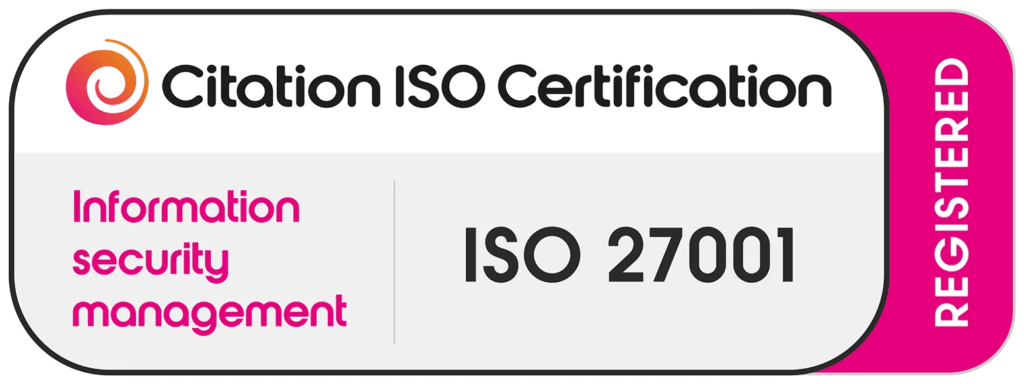Introduction
Secure Computer Waste IT Recycling businesses and individuals alike generate a tremendous amount of electronic waste. Among these are outdated computers and IT assets that may contain sensitive or confidential information. Secure Computer Waste IT Recycling for Data Protection & Compliance is no longer optional it’s a necessity.
With the growing number of data breaches and stricter compliance laws like HIPAA and GDPR, the importance of proper disposal through secure IT asset disposal and certified electronics recycling has never been more critical.
Understanding Computer Waste
Definition and Types of E-Waste
E-waste encompasses any discarded electronic devices. This includes desktops, laptops, servers, hard drives, and even networking gear. Most of these contain valuable materials like gold and copper, but they also house hazardous substances and, most importantly, sensitive data.
Environmental and Security Impacts
Improper disposal contributes not only to environmental degradation but also opens doors to security vulnerabilities. Without secure data erasure, improperly recycled devices can be hacked, leaking confidential business and personal data.
The Significance of Data Protection
Risks of Data Breaches
A single hard drive can store years’ worth of client information, proprietary data, and internal communications. If these fall into the wrong hands, the impact can be catastrophic both financially and reputationally.
Importance of Secure Data Destruction
Using professional data destruction services ensures that your data is unrecoverable. Whether through degaussing, shredding, or secure wiping, every method should comply with industry standards.
Compliance Standards in IT Recycling
Overview of GDPR, HIPAA, and Other Regulations
Organisations dealing with customer data are legally obligated to adhere to data privacy laws such as GDPR in Europe and HIPAA in the U.S. These laws require secure handling and disposal of electronic data.
Consequences of Non-Compliance
Failing to meet these standards can result in heavy fines, legal actions, and loss of consumer trust. Proper GDPR data disposal and HIPAA-compliant IT recycling are therefore indispensable.
Secure IT Recycling Processes
Data Wiping and Destruction Methods
Effective secure IT asset disposal involves multiple steps. This includes certified data destruction services, where each drive is overwritten or physically destroyed.
Chain of Custody Protocols
A proper chain of custody provides documentation of every step in the ITAD process, ensuring accountability and traceability.
Choosing a Certified IT Recycler
Certifications to Look For (e.g., R2, e-Stewards)
Always choose providers who are an R2 certified recycler or hold the e-Stewards certification. These designations mean the facility follows globally accepted best practices.
Questions to Ask Service Providers
Before selecting a vendor, inquire about their data erasure methods, certifications, and how they handle the environmental impact of e-waste.
Benefits of Secure IT Recycling
Environmental Advantages
Responsible recycling conserves natural resources, reduces pollution, and ensures hazardous substances don’t contaminate ecosystems.
Enhancing Corporate Reputation
Sustainable practices demonstrate a company’s commitment to ethics and compliance, improving its public image and investor trust.
Challenges in IT Recycling
Common Obstacles and Solutions
Many organisations struggle with outdated policies, insufficient awareness, or a lack of certified vendors. Partnering with an experienced ITAD firm can solve these issues.
Case Studies of Data Breaches Due to Improper Recycling
From banks to hospitals, multiple institutions have faced breaches due to mishandled IT assets. These examples underscore the need for secure, certified electronics recycling.
Implementing an IT Asset Disposal Policy
Steps to Develop an Effective Policy
Start by auditing your current IT asset lifecycle, define secure disposal practices, and choose a reliable ITAD partner.
Training and Awareness Programs
Train staff to recognise the importance of IT asset disposition (ITAD) and integrate it into the company’s data security culture.
Future Trends in IT Recycling
Emerging Technologies
Advancements like AI-driven asset tracking and blockchain-enabled chains of custody are redefining secure data erasure and asset management.
Evolving Compliance Requirements
Expect more stringent global laws focusing on data privacy and e-waste recycling compliance, making it essential to stay updated.
Conclusion
Recap of Key Points
To protect data and meet regulatory standards, businesses must prioritise secure computer waste IT recycling for data protection & compliance. From certified recyclers to strict chain of custody protocols, every step is vital.
Call to Action for Secure IT Recycling
Don’t leave your data to chance. Work with an R2 certified recycler, adopt strong disposal policies, and ensure your organization complies with HIPAA, GDPR, and beyond.
Frequently Asked Questions (FAQs)
1. What is secure IT asset disposal?
Secure IT asset disposal refers to the complete and safe removal of data and devices, ensuring that information is irretrievable.
2. How do data destruction services work?
They use methods like degaussing, shredding, and secure wiping to permanently erase data.
3. Why is certified electronics recycling important?
It ensures compliance with environmental laws and secure handling of sensitive data.
4. What is HIPAA compliant IT recycling?
It’s the process of recycling IT assets in a way that complies with HIPAA’s patient data protection standards.
5. What are the risks of not using secure data erasure?
Your business may face data breaches, legal penalties, and a loss of consumer trust.
6. How do I find an R2 certified recycler?
Check the SERI (Sustainable Electronics Recycling International) website or ask vendors directly for proof of certification.



